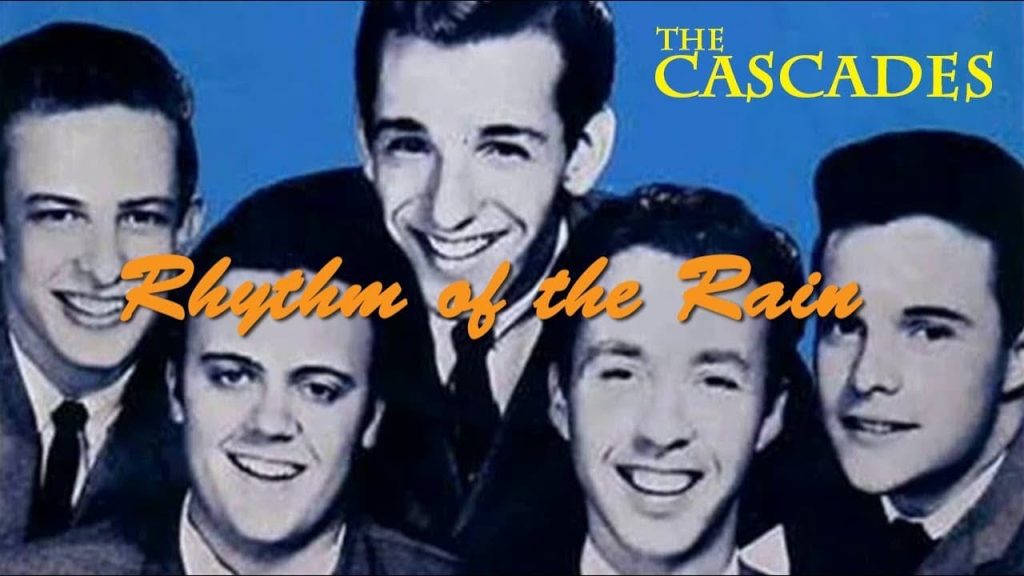
“Rhythm of the Rain” – The Cascades’ Timeless Ballad of Heartbreak
Released in 1962, “Rhythm of the Rain” by The Cascades is a soft, melancholic pop ballad that has stood the test of time. Written by the band’s lead singer John Claude Gummoe, the song taps into the universal themes of love, loss, and longing, with the rain itself acting as a poignant metaphor for emotional pain. The gentle sound of falling rain that opens the track adds a soothing yet haunting ambiance, perfectly matching the song’s bittersweet tone.
The single became an instant hit upon release, peaking at #3 on the Billboard Hot 100 in early 1963. Internationally, it reached #1 on Canada’s RPM chart and found success across Europe and Australia, where its easy-listening style resonated deeply. “Rhythm of the Rain” was also named one of BMI’s most performed songs of the 20th century, cementing its status as a pop classic.
The song’s lyrics describe the sorrow of a narrator who has been left by a lover. Using the rain as a symbol for his tears and sadness, the narrator pleads with the weather to stop reminding him of his heartbreak. The simplicity of the lyrics allows the emotional weight of the song to shine through, making it relatable to listeners of all ages. Musically, the track combines doo-wop, soft pop, and a hint of folk elements, with lush vocal harmonies and a gentle rhythm that mimic the calming but melancholic flow of rain.
“Rhythm of the Rain” has been covered by numerous artists over the decades, including Dan Fogelberg and Jason Donovan, each bringing a slightly different feel to the song while preserving its original emotional depth. The song has also appeared in various films, commercials, and TV shows, reinforcing its cultural relevance across generations.
The Cascades, though not achieving the same level of chart-topping success with subsequent releases, are remembered primarily for this enduring hit. “Rhythm of the Rain” encapsulates the early 1960s sound—a mix of innocence, romance, and melancholy—making it a song that listeners return to, time and again, especially during moments of introspection or nostalgia.